Decorating outdoor ceramics is a wonderful way to personalize your garden, patio, or balcony while showcasing your creativity. Whether you’re working with planters, tiles, or decorative pottery, adding unique designs and patterns can transform ordinary ceramic pieces into eye-catching features.
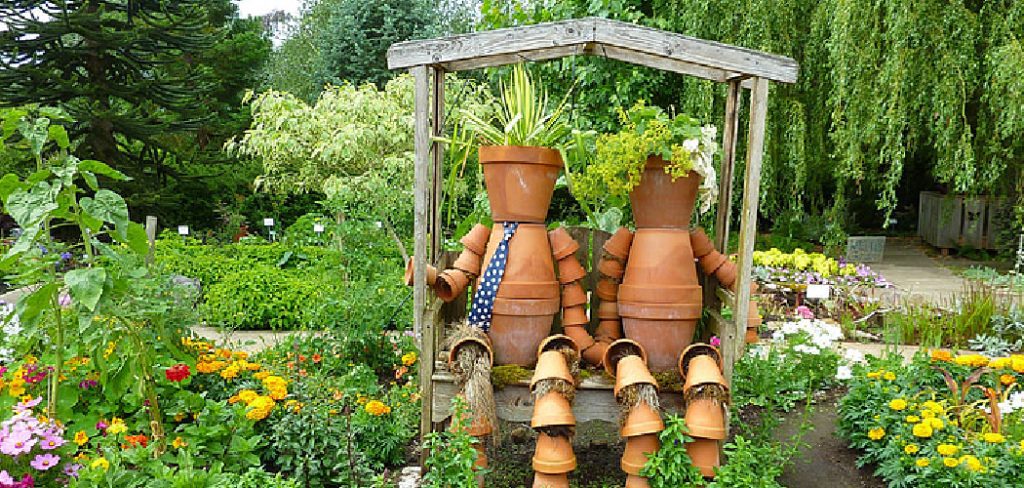
This guide is designed to help you with how to decorate outdoor ceramics. With the right tools and techniques, you can create durable and weather-resistant decorations that enhance your outdoor space, making it more inviting and reflective of your personal style.
Importance of Outdoor Ceramics
Outdoor ceramics play a significant role in enhancing the beauty and functionality of outdoor spaces. These pieces add texture, color, and personality to gardens, patios, and balconies, creating a more inviting and aesthetically pleasing environment. Beyond their decorative value, outdoor ceramics are durable and designed to withstand various weather conditions, making them a practical choice for exterior design.
They can serve a variety of purposes, from housing plants in beautifully crafted planters to acting as functional elements like tiles or water features. By incorporating outdoor ceramics, you can achieve a harmonious balance between natural and artistic elements in your space.
Materials and Tools Needed
To successfully decorate outdoor ceramics, it’s essential to have the right materials and tools on hand. Below is a list of items you will need to get started:
- Ceramic pieces (planters, tiles, pots, or decorative items)
- Weather-resistant paints (acrylic or enamel paints suitable for outdoor use)
- Paintbrushes (various sizes for detailed and broad strokes)
- Stencils (optional, for creating consistent patterns or designs)
- Sealant or varnish (UV-resistant and waterproof to protect your designs from the elements)
- Masking tape (for creating sharp lines and borders)
- Sandpaper (for smoothing the ceramic surface if needed)
- Permanent markers or paint pens (for intricate detailing)
- Cleaning supplies (mild soap, water, and a soft cloth to prep the ceramics)
- Palette or small containers (for mixing and holding paint)
Having these materials prepared will make the decoration process smoother, helping you achieve vibrant and long-lasting results for your outdoor ceramics.
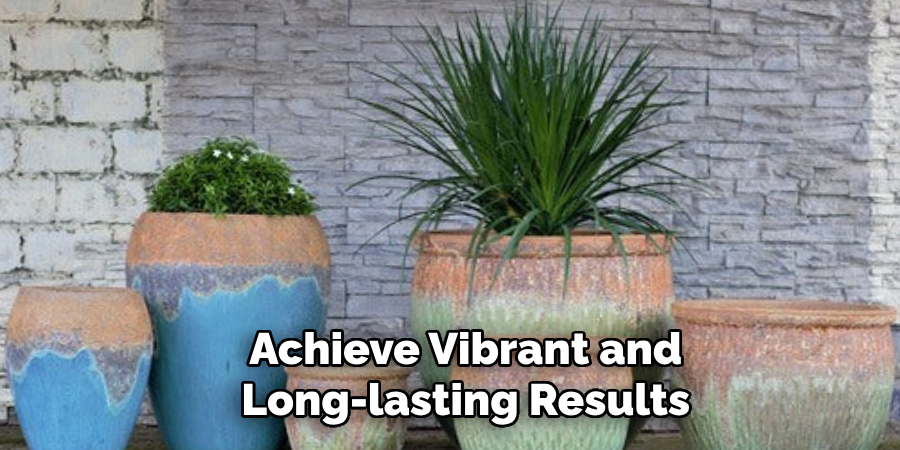
10 Methods How to Decorate Outdoor Ceramics
1. Choose the Right Paint for Outdoor Use
Painting ceramics is one of the most popular ways to decorate them. For outdoor pieces, it’s essential to use weather-resistant paints that can withstand sun, rain, and temperature changes. Acrylic paints designed for outdoor ceramics or specialty ceramic paints with UV protection are ideal.
Before applying paint, clean the ceramic thoroughly to remove dust and grease, and consider using a primer to improve adhesion. Layer the paint in thin, even coats, allowing each to dry fully before applying the next, ensuring a smooth and vibrant finish.
2. Incorporate Mosaic Designs
Mosaic designs add texture, color, and a timeless aesthetic to outdoor ceramics. Using small pieces of glass, tile, or broken ceramics, you can create intricate patterns or simple designs. Begin by planning your layout and securing the pieces with a strong, waterproof adhesive.
Once the adhesive sets, fill in the gaps with weather-resistant grout, which not only strengthens the mosaic but also seals the surface against moisture. Mosaics are ideal for ceramic pots, birdbaths, or stepping stones, turning ordinary items into works of art.
3. Experiment with Stencils for Precision
Stencils are a fantastic tool for achieving clean, consistent designs on outdoor ceramics, especially if you’re not confident in freehand painting. Choose a durable stencil pattern, such as geometric shapes, floral motifs, or text. Secure the stencil to the ceramic surface using painter’s tape to avoid shifting.
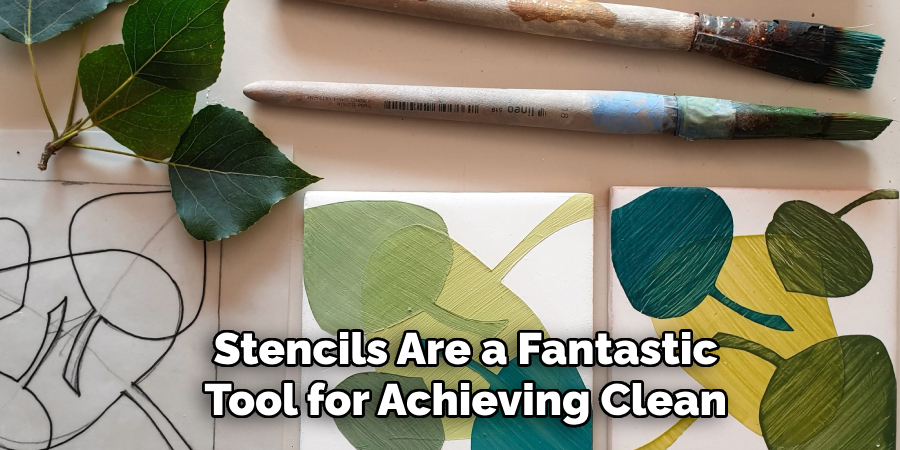
Apply paint with a sponge or stippling brush, using a light dabbing motion to prevent bleeding. For a polished look, remove the stencil while the paint is still wet. Stencils are versatile and work well on large planters, tiles, or ceramic plaques.
4. Apply Outdoor Glaze for Protection and Shine
Glazing not only enhances the aesthetic appeal of ceramics but also protects them from weather elements. Outdoor glazes come in a variety of finishes, including glossy, matte, and satin. Apply the glaze with a soft brush or spray applicator, ensuring even coverage across the surface.
For the most durable results, some glazes require firing in a kiln, a step that permanently bonds the glaze to the ceramic. Glazed ceramics are particularly well-suited for garden statues or decorative tiles.
5. Engrave or Etch Patterns into the Surface
Engraving or etching adds depth and texture to outdoor ceramics, creating a unique, tactile surface. Use carving tools, rotary instruments, or even etching kits to create intricate patterns or personalized designs.
Once the engraving is complete, you can leave it as is for a natural look or fill the grooves with paint for added contrast. This method is excellent for creating custom signage, planters, or decorative ceramic plaques that stand out in any garden or patio.
6. Incorporate Decoupage Techniques
Decoupage involves adhering paper or fabric designs to ceramics and sealing them with a protective coating. For outdoor ceramics, use waterproof adhesives and materials to ensure longevity. Select patterns or images that complement your outdoor decor, and carefully apply them to the ceramic surface.
Once adhered, seal the entire piece with a clear outdoor-grade sealant to protect against moisture and fading. This technique works well for personalizing pots, lanterns, or hanging ceramic ornaments.
7. Add Texture with Raised Elements
Adding raised elements to your ceramics creates a dynamic, three-dimensional effect. Use air-dry clay, ceramic slip, or dimensional paints to sculpt or outline designs directly onto the surface.
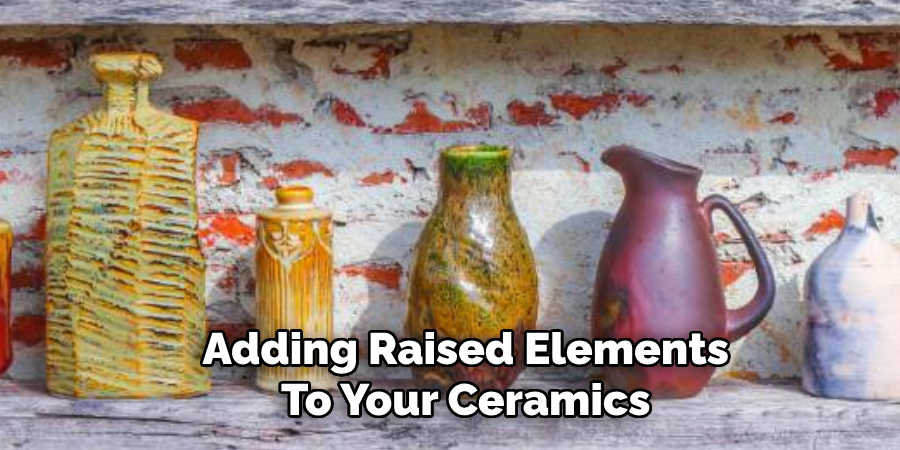
Once dry, the raised patterns can be painted or glazed for added visual appeal. This technique is perfect for creating elaborate decorative details on large ceramic planters or garden statues. Raised textures not only look striking but also add a tactile quality to the piece.
8. Integrate Natural Elements
Nature-inspired designs blend seamlessly with outdoor settings. You can incorporate natural materials such as pebbles, seashells, or small pieces of wood into your ceramic decorations. Secure these elements using a weatherproof adhesive and arrange them to create patterns or accents.
For instance, you can embed pebbles around the rim of a ceramic planter or adorn a ceramic birdbath with seashells. These natural elements add a rustic and organic touch to your outdoor decor.
9. Use Solar-Powered Lighting for a Functional Touch
Transform your outdoor ceramics into illuminated decor by integrating solar-powered lights. Drill small, decorative holes into the ceramic surface to allow light to shine through, creating beautiful patterns at night. Place the solar light inside the ceramic piece or attach it securely on top.
This method is ideal for lantern-style ceramics or decorative garden sculptures. Combining aesthetics with functionality, illuminated ceramics become the highlight of your garden both day and night.
10. Seal Your Work for Longevity
The final step in decorating outdoor ceramics is sealing your work to ensure durability. Use a clear, weather-resistant sealant suitable for outdoor use, applying it evenly across the decorated surface. A sealant protects against UV rays, moisture, and general wear, preserving both the design and the ceramic material.
Choose a finish—glossy, matte, or satin—that complements your aesthetic. Allow the sealant to cure completely before exposing the ceramic to the elements. Regular resealing can extend the life of your decorations.
Maintenance and Upkeep
Proper maintenance is essential to ensure the longevity and beauty of your outdoor ceramics, especially those exposed to varying weather conditions. Start by regularly cleaning your ceramics with a soft cloth and mild soap solution to remove dirt, dust, and algae buildup.
Avoid using abrasive cleaners or brushes that could damage delicate designs or finishes. Inspect your ceramics periodically for signs of wear, such as cracks, peeling paint, or faded colors. Address any issues promptly—reapply sealant to maintain water resistance or touch up paint to restore vibrancy.
During extreme weather, consider moving fragile ceramics to a sheltered location to protect them from frost or excessive heat. With these simple care practices, your outdoor ceramics can remain stunning centerpieces for years to come.
When to Contact a Professional
While many outdoor ceramic projects can be successfully completed with the proper tools and techniques, there are situations where professional assistance might be necessary. If your project requires advanced skills, such as kiln firing, intricate engraving, or large-scale repairs, a skilled ceramicist or artisan can ensure the best results.
Additionally, professionals can offer guidance on selecting the right materials, such as specialized glazes or adhesives, tailored to your specific needs. For damaged ceramics, such as cracked garden statues or chipped tiles, a restoration expert can help preserve the piece’s integrity and appearance.
When dealing with customizations that demand precision or unique artistry—like personalized engravings or structural modifications—consulting a professional ensures the highest quality outcome.
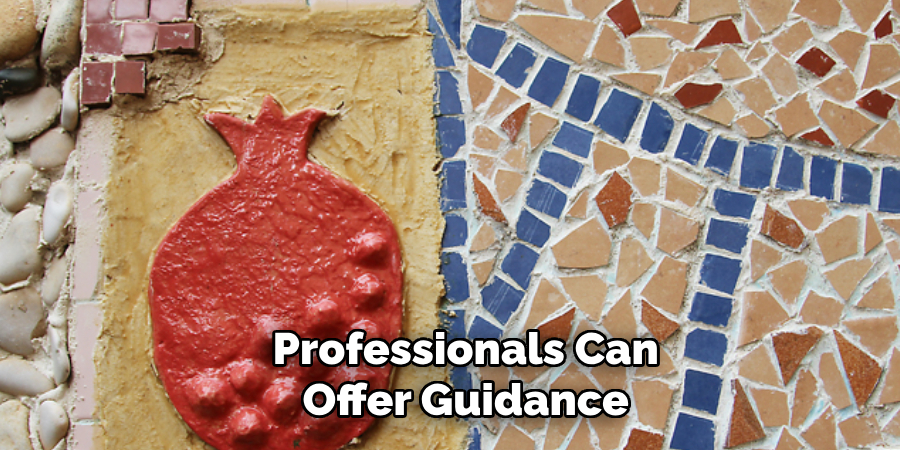
Conclusion
Decorating outdoor ceramics offers endless opportunities for creativity and self-expression. From painting and mosaics to adding natural elements and solar-powered lights, each technique allows you to personalize your garden or patio with unique, eye-catching designs.
By combining aesthetics with functionality and protecting your work with weather-resistant sealants, you can ensure your creations withstand the elements and remain beautiful over time. So, there you have it – a quick and easy guide on how to decorate outdoor ceramics.
Specialization:
- Master of wheel-throwing, hand-building, and advanced glazing techniques
- Focus on creating both functional pottery and decorative art pieces
Recognition:
- Celebrated by collectors and art enthusiasts for creating one-of-a-kind pieces that blend artistry with functionality
- Participates in local and national exhibitions, earning accolades for his innovative designs and craftsmanship
Passion:
- Deeply committed to exploring and pushing the boundaries of ceramic artistry
- Continuously experiments with new materials, firing techniques, and artistic concepts to evolve his craft
Personal Philosophy:
- Believes in the transformative power of art, aiming to evoke emotions and connections through his ceramic creations
- Advocates for sustainability in ceramics, using eco-friendly materials and practices whenever possible


